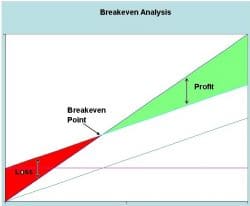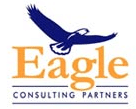 New for the Merit-Based Improvement Payment System (MIPS) in 2018 is the opportunity for small practices (15 or fewer eligible professionals) to claim a “significant hardship exception” for the Promoting Interoperability (formerly Advancing Care Information) category. The significant hardship exception can be claimed by submitting the required form to CMS by 12/31/2018. The form can be found here.
New for the Merit-Based Improvement Payment System (MIPS) in 2018 is the opportunity for small practices (15 or fewer eligible professionals) to claim a “significant hardship exception” for the Promoting Interoperability (formerly Advancing Care Information) category. The significant hardship exception can be claimed by submitting the required form to CMS by 12/31/2018. The form can be found here.
The obvious reason for claiming this significant hardship exception is to reduce the work and burden of the MIPS program, and for many practices Eagle Consulting recommends claiming the exception. However, we do not recommend the exception for all practices.
If the exception is submitted, the MIPS scoring is changed by assigning the 25% weight from the Promoting Interoperability (PI) category to the Quality category. Thus, the Quality category weight increases from 50% of the total score to 75% of the total score. So, if a practice anticipates that their Quality score could be lower than their PI score, they should do a breakeven analysis to determine whether to invest the time and effort into PI.
- We will illustrate this the breakeven analysis with an example. Consider the case of a 4 physician ophthalmology group:
- Medicare billing volume is $5M,
- The projected Quality Score is 49 points out of 60,
- The projected Cost score is 10 points out of 20,
- The projected Improvement Activity score is 40 points out of 40,
- A score of 100 point out of 100 for Promoting Interoperability could be attained with an investment of about $5000,
For the 2020 payment year, the maximum MIPS bonus, including the exceptional performance bonus, will be about 2% (this is the CMS estimate).
Based on these assumptions, the MIPS final score will be 81.3 if the hardship exception is claimed, but would be brought up to 85.8 if PI was completed with a perfect 100 point score. The financial difference for the practice would be a bonus of $40,625 without PI but $55,139 if PI is completed, almost a $15,000 difference. Since it would cost the practice only $5000 to complete the PI category, it is cost-effective for this practice to complete the PI category.
Interested practices can download Eagle’s proprietary Promoting Interoperability Calculator to help assess the financial impact of omitting the PI category.

